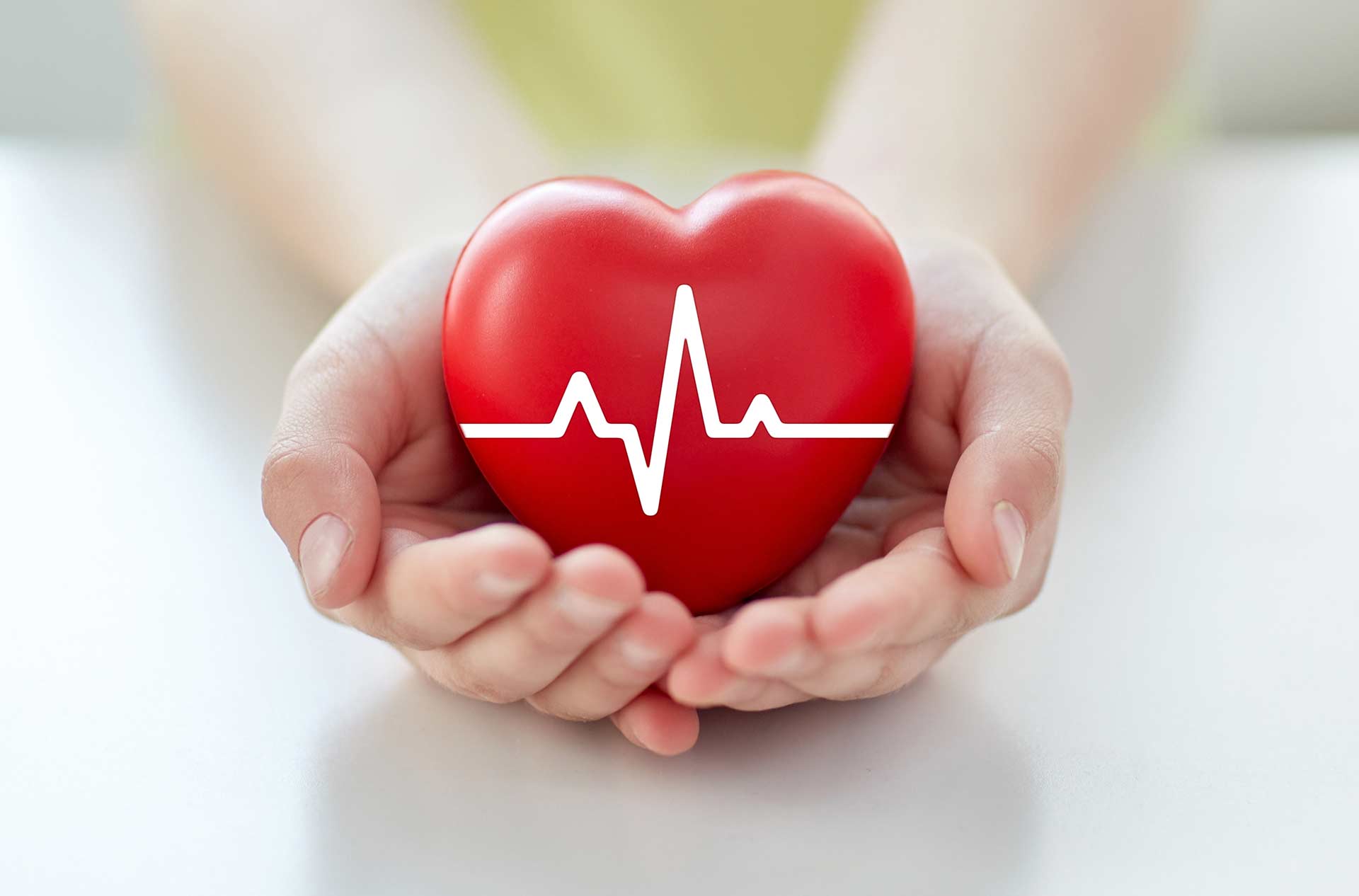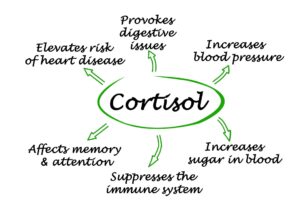
A normal functioning heart involves a contraction (systolic) and relaxation (diastolic) phase of similar length.
When the cells are functioning properly, meaning that they are energized, things will flow smoothly….pardon the pun.
Part of normal cardiac functioning involves something called a staircase effect. This means the higher the heart rate, the more stroke volume (output) should happen meaning it should beat stronger with higher heart rate.
One of the negative side effects of excessive estrogen is that it causes a wasting of oxygen. This will lead to fatigue in the cells and have a systemic impact.
This cellular fatigue from excess estrogen impairs the staircase effect while progesterone improves it. Things that increase force of contraction are called inotropic, and those that promote relaxation are luisitropic. Progesterone and testosterone are both positively inotropic and lusitropic. Estrogen is a negative inotropic hormone and impairs both relaxation and contraction. (Cheng J,Zang J 2012) (Odening KE, Choi BR)
However, when the heart is fatigued, the heart rate can still be high but the relaxation phase is shortened and the stroke volume is reduced. This is obviously an impaired cardiac function.
When a cell/tissue is tired it tends to take up water, likely as a defensive mechanism to compensate for lack of oxygen. The oxygen is obtained in the form of H2O.
The fatigued heart, cells, tissues are similar to an overused bicep muscle or calf muscle after a day of hiking. They will tend to swell, and contraction will be impaired. Excess water in the tissues resembles that of an excited state in its inability to properly contract.
When oxygen is reduced from excess estrogen, this causes collagen to be produced by fibroblasts. With aging and estrogen excess, the tissues become more dense and with more cross links this interferes more with oxygen usage.
The tired cell not only tends to take up water but also calcium. This is one of the main causes of calcification throughout the body. It starts as a swollen condition but overtime it lays down in a more fibrotic condition.
The tired cell takes up water, calcium, and sodium as well. The cell will need energy to extrude the calcium, salt and excess water. Progesterone earlier, estrogen impairs the energy process and progesterone will improve cellular energy, as does thyroid.
A prolonged excited state (action potential) and delayed relaxation (QT interval) are known to increase chance of arrhythmia and sudden death. Estrogen has been shown to cause arrhythmias and progesterone has been shown to prevent it (Odening,2012). Progesterone seems to also assist in the recovery of the resting state. (Cheng, 2012)
In a stressed energy depleted failing heart, muscle cells die and are replaced by connective tissue cells. This leads to a stiffening and reduced functioning.
By middle age in men and women, the conversation around the water cooler may include palpitations, orthostatic hypotension, orthostatic tachycardia, and varicose veins. The negative inotropic effect of estrogen in the heart is like the smooth muscles of veins, in which the muscle weakened, and their distensibility increased. This is magnified when not opposed by progesterone.
Simple proactive strategies like using progesterone, thyroid, enough carbs, abundance of alkaline minerals, sunshine, and avoiding seed oils, can allow people to take control of their personal health and not rely solely on the medical system.
References:




